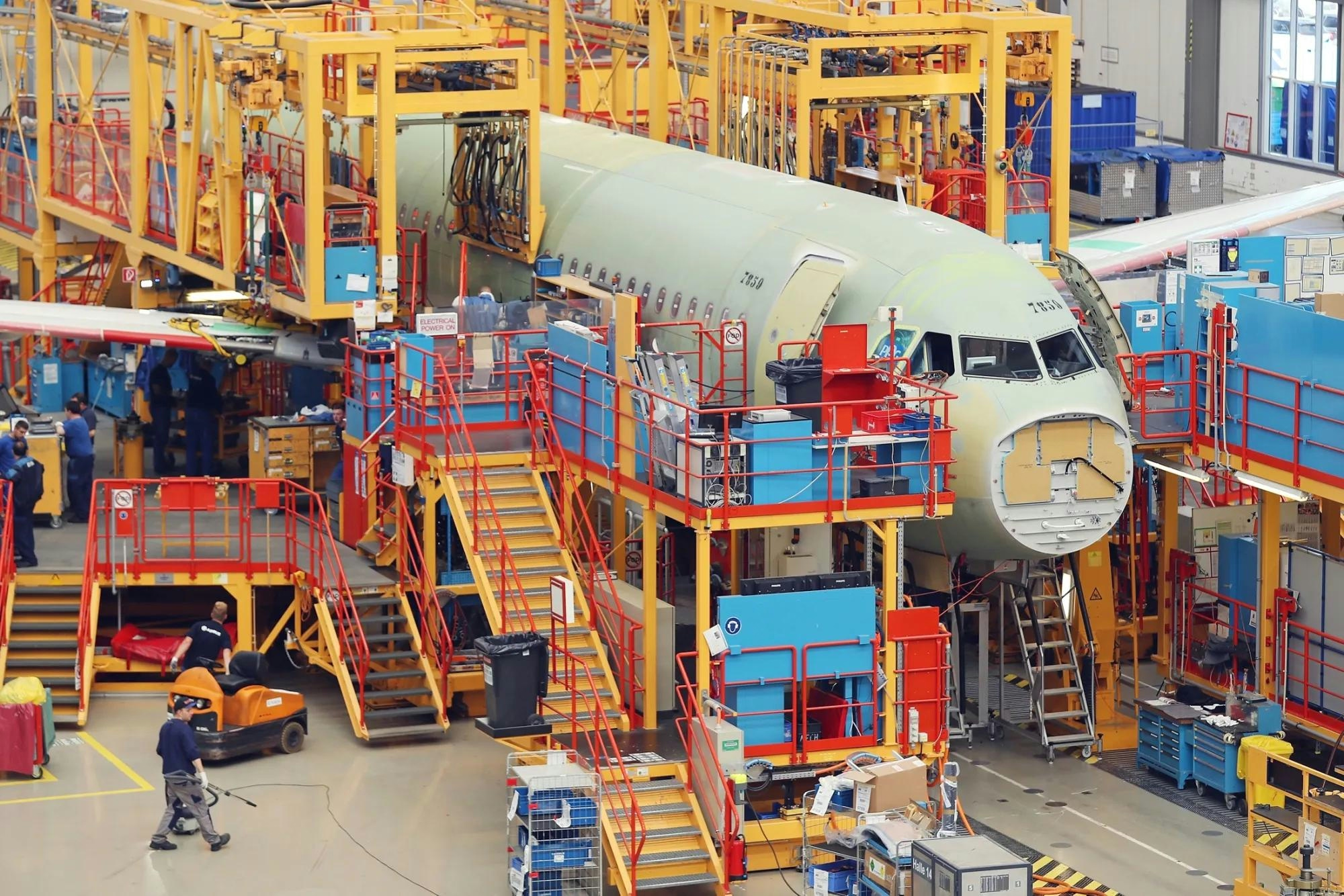
AeroGenie — ваш интеллектуальный второй пилот.
В тренде
Categories
Faulty Installation of Supplemental Ignition System Causes Complete Engine Power Loss

Faulty Installation of Supplemental Ignition System Causes Complete Engine Power Loss
Incident Overview
A Zant TVAP-4 aircraft suffered a total loss of engine power shortly after takeoff from Franksville, Wisconsin, due to the improper installation of a supplemental ignition system, according to a recent National Transportation Safety Board (NTSB) report. The event, which occurred in October 2023, underscores ongoing challenges in integrating advanced ignition technologies within homebuilt and experimental aircraft. It also raises concerns about installation practices and pilot awareness amid increasing industry scrutiny.
The pilot, who was also the aircraft owner, reported that the engine lost power while climbing through approximately 200 feet above ground level. Forced to execute an emergency landing in a nearby field, the aircraft rolled about 100 feet before its landing gear became stuck in soft terrain, causing the plane to nose over. Both wings sustained significant damage during the incident.
Technical Findings and Pilot Awareness
The aircraft was equipped with a Generation 3 Ignition (G3i) system, an electronic ignition control designed to interface with traditional magneto ignition systems. This system included an MSD Ignition Multiple Spark Discharge (Ignition Amplifier) unit and a G3i Ignition Interface unit, each protected by a 7.5-amp fuse. Notably, the G3i Installation Manual for both Series-1 and Series-2 models did not specify the use of fuses for these components.
Post-accident examination revealed that when the G3i system was switched off, the engine’s ignition system operated normally. However, activating the G3i system caused the magneto system to fail, and investigators discovered that the 7.5-amp fuse for the MSD unit had blown. The G3i manual advises pilots to toggle off the G3i system in the event of engine power loss or suspected ignition failure to revert to the default magneto mode. Unfortunately, the pilot was unaware of this procedure, as no aircraft build records or G3i emergency procedure supplements had been provided at the time of purchase. The pilot also reported lacking an engine-out checklist and did not have sufficient time to diagnose the cause during the emergency.
Industry Implications and Safety Considerations
The NTSB determined that the probable cause of the incident was the improper installation of the supplemental ignition system, which directly resulted in the total loss of engine power. This occurrence comes amid heightened scrutiny within the aviation industry regarding the reliability of supplemental ignition systems, particularly as some manufacturers address existing recalls.
Market analysts suggest that such incidents may undermine consumer confidence, especially when installation errors lead to critical failures. Competitors in the sector may respond by emphasizing product reliability or introducing enhanced safety features to differentiate themselves and reassure customers.
The NTSB’s findings highlight the critical importance of strict adherence to manufacturer installation guidelines and ensuring that pilots are fully informed about emergency procedures related to supplemental systems. As advanced ignition technologies become more widespread, manufacturers and operators alike face increased pressure to uphold rigorous safety standards and maintain transparent communication to preserve trust within the market.

flydubai signs MoU for up to 150 Airbus A321neo aircraft, ending Boeing exclusivity

Airbus Secures New Orders from Etihad and flydubai at Dubai Airshow 2025

Flydubai Orders 150 Airbus A321neo Jets, Ending Boeing-Only Fleet

AMMROC and Lockheed Martin Sign Letter of Intent to Enhance MRO Cooperation and Regional Support

Emirates kicks off race between Airbus and Boeing for bigger jets

Inside Airbus’s Global Defense and Aviation Technology Hub

AerCap Leases Boeing 737 MAX and 737NG Aircraft to FlySafair

Abu Dhabi's Sanad sees opportunity in global aircraft engine crunch

Collins Aerospace and Emirates Extend A380 Landing Gear Maintenance Agreement
